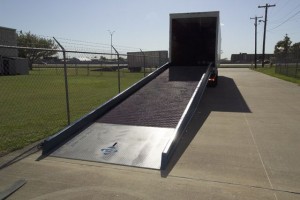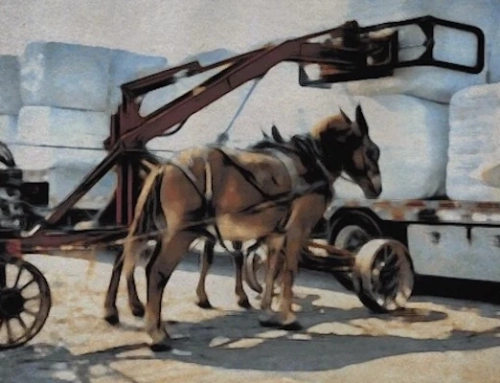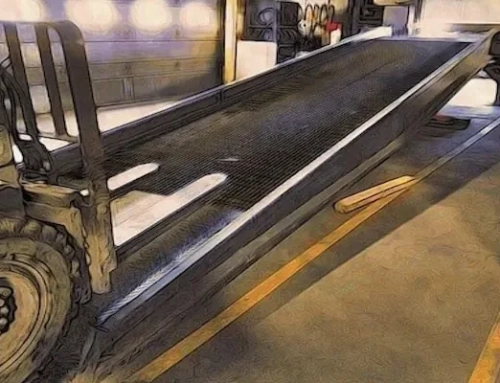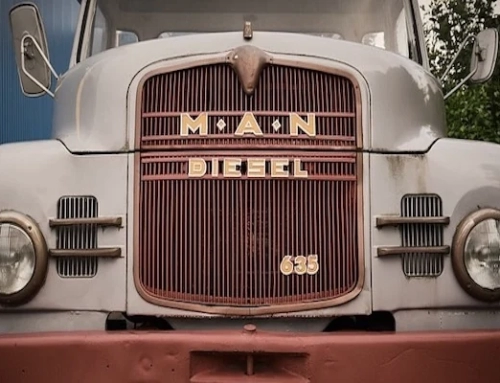Hitching a Ride the Right Way
A portable yard ramp travels best by flatbed. Occasionally customers ask why they can’t put the yard ramp inside a container truck. Well, you can, though it’s extremely cumbersome, is difficult to load and off-load and it’s dangerous because you can’t strap it down securely enough; container trucks are just not made that way. You don’t want a yard ramp bashing out the sides of your 18-wheeler as it’s going down the highway.
 Also, yard ramps are not typically road worthy. Though they have tires, those are designed for maneuvering around a yard—to a dock or to the back of a truck for loading/off-loading—optimally, we’re looking at a couple hundred yards.
Also, yard ramps are not typically road worthy. Though they have tires, those are designed for maneuvering around a yard—to a dock or to the back of a truck for loading/off-loading—optimally, we’re looking at a couple hundred yards.
(Occasionally we will have the a rural area user, who will move a yard ramp longer distances at, say, four miles an hour. We don’t encourage this.)
Therefore, we don’t hitch a portable yard ramp to the back of a truck and pull it down the highway. So, they travel by flatbed.
Depending on the specs of the ramps, we can ship up to four ramps on the same flatbed. They will fit, provided any given load contains all ramps of the same width. They do not necessarily need to be the same length because they’ll travel on their sides. The width becomes height once loaded on their sides. Because each ramp is the same width, they can be strapped down uniformly and safely.
Some might dispute whether it is absolutely necessary that each ramp be the same width. The argument is that with proper dunnage placed between ramps along with proper strapping, ramps of different widths can safely load together. Generally it’s not recommended. Odd situations are turned over the engineers who make the final determination as to whether an off-set load will be safe.





